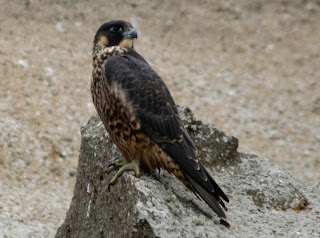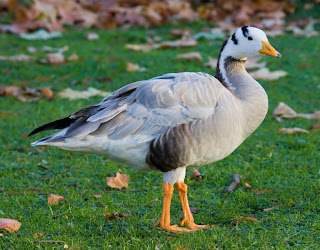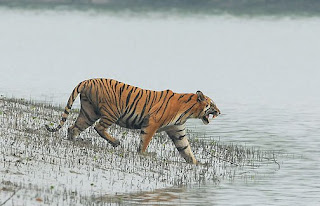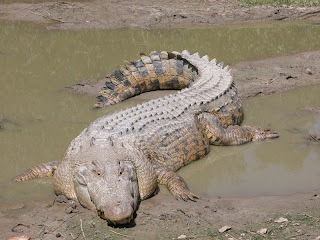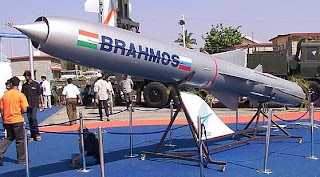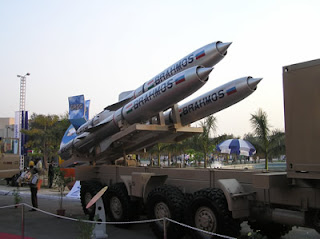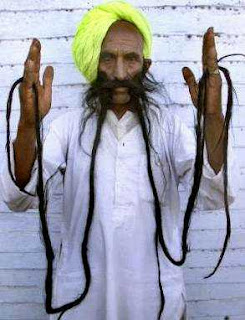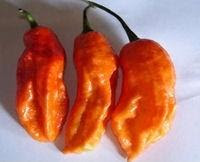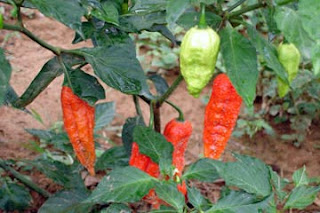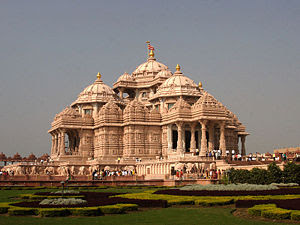 The Akshardham temple in New Delhi has been awarded the Guiness record for being the world's largest Hindu temple. The mammoth temple is spread over expansive lawns covering an area of 86,342 square feet. It is 356 feet long, 316 feet wide and 141 feet high. It was inaugurated by Pramukh Swami Maharaj of Bochasanwasi Shri Akshardham Purushottam Swaminarayan Sanstha (BAPS) on November 6, 2005.
The Akshardham temple in New Delhi has been awarded the Guiness record for being the world's largest Hindu temple. The mammoth temple is spread over expansive lawns covering an area of 86,342 square feet. It is 356 feet long, 316 feet wide and 141 feet high. It was inaugurated by Pramukh Swami Maharaj of Bochasanwasi Shri Akshardham Purushottam Swaminarayan Sanstha (BAPS) on November 6, 2005.The grand, ancient style, ornately hand-carved stone temple has been built without structural steel within five years by 11,000 artisans and volunteers.
The Sanstha also holds the world record for creating and consecrating the maximum number of Hindu temples in the world. An internationally revered spiritual leader and head of the BAPS Swaminarayan Sanstha, Pramukh Swami Maharaj has created the record for consecrating 713 Hindu temples, the largest number of temples consecrated ever by any individual. The temples are spread over five continents and have been created between April 1971 and November 2007. Earlier, the Guinness book had recognised the Pramukh’s record for sanctifying over 400 temples in 2001, the largest number of temples consecrated by anyone at the time.

